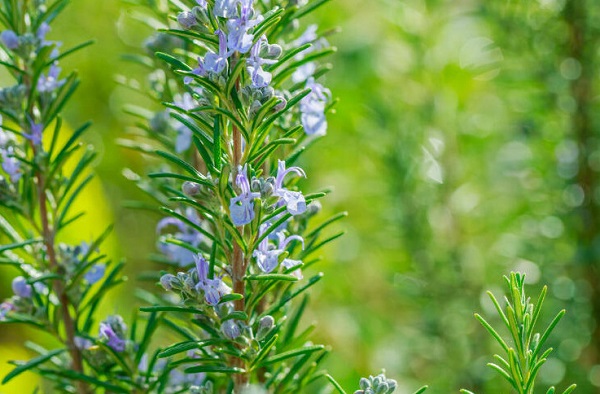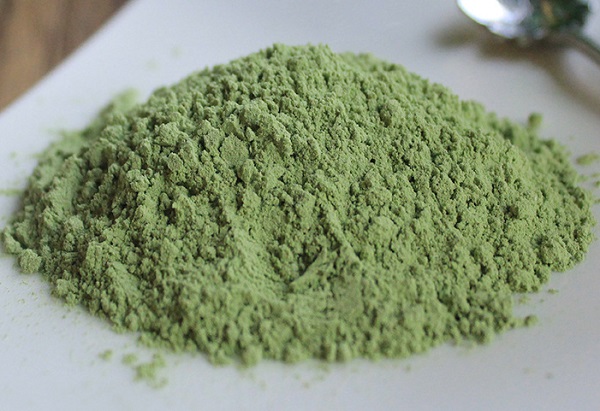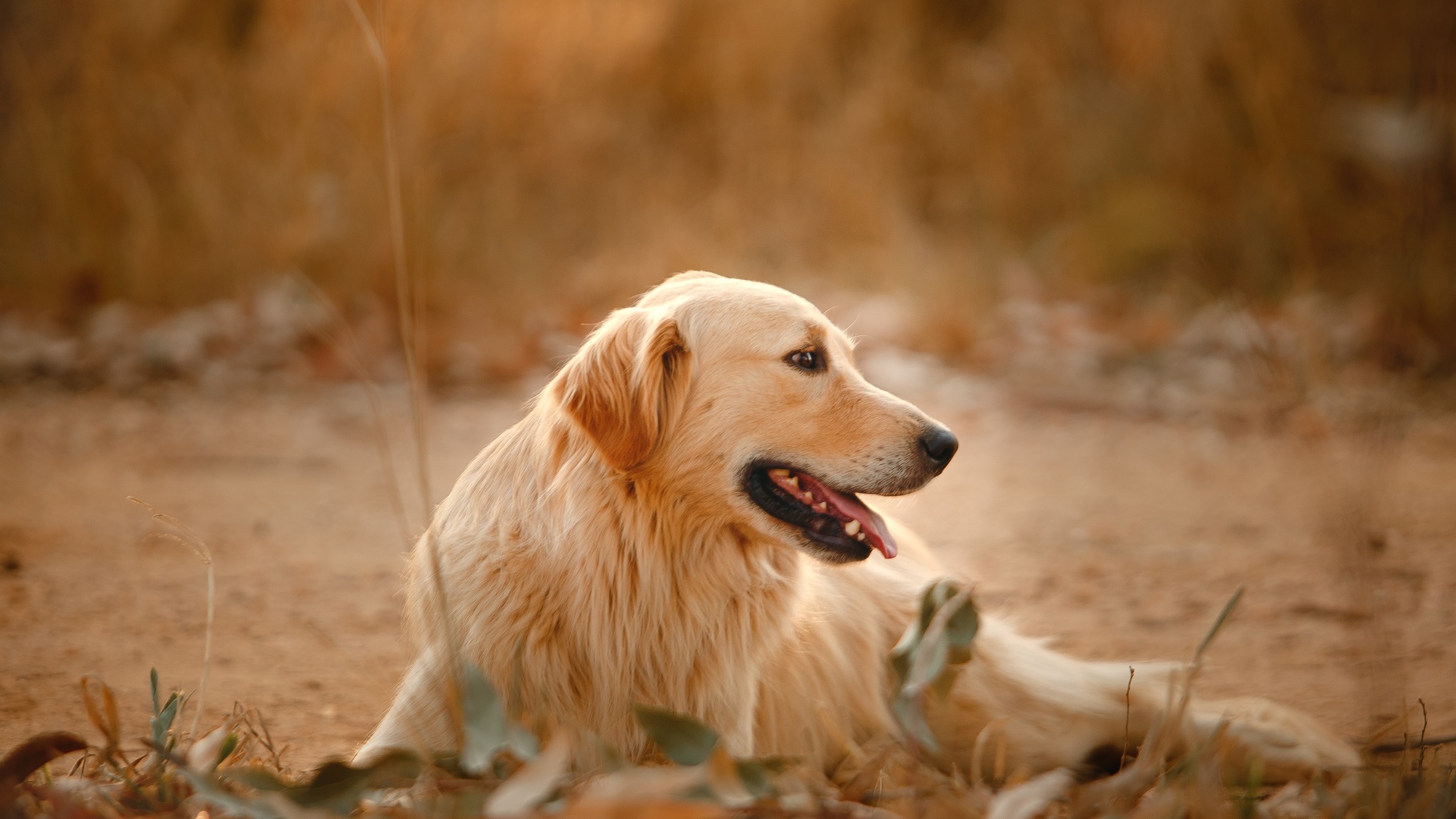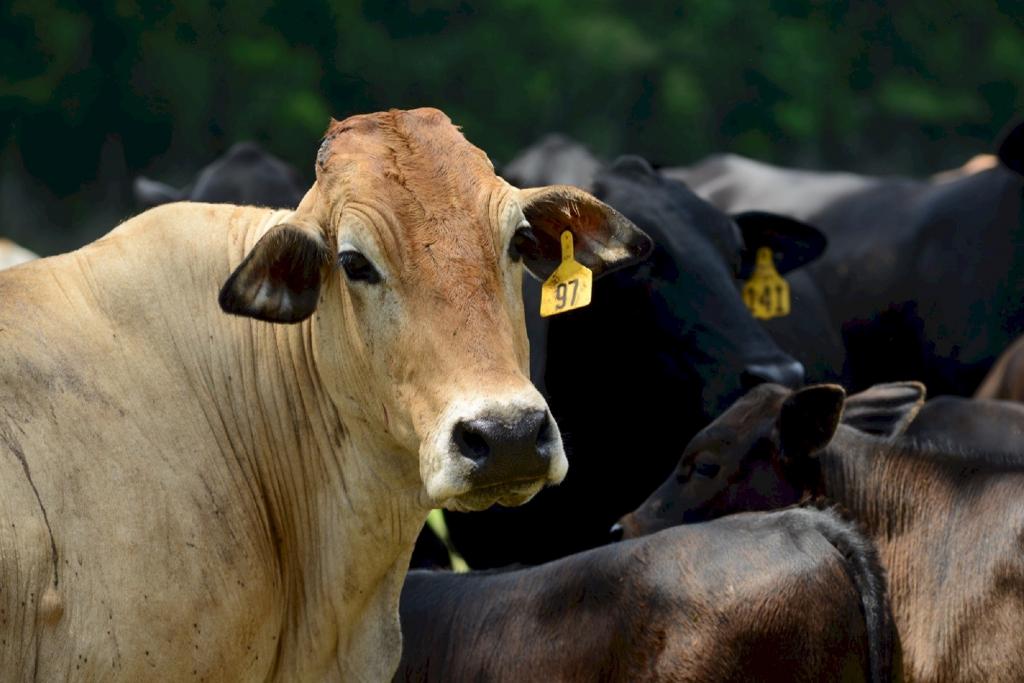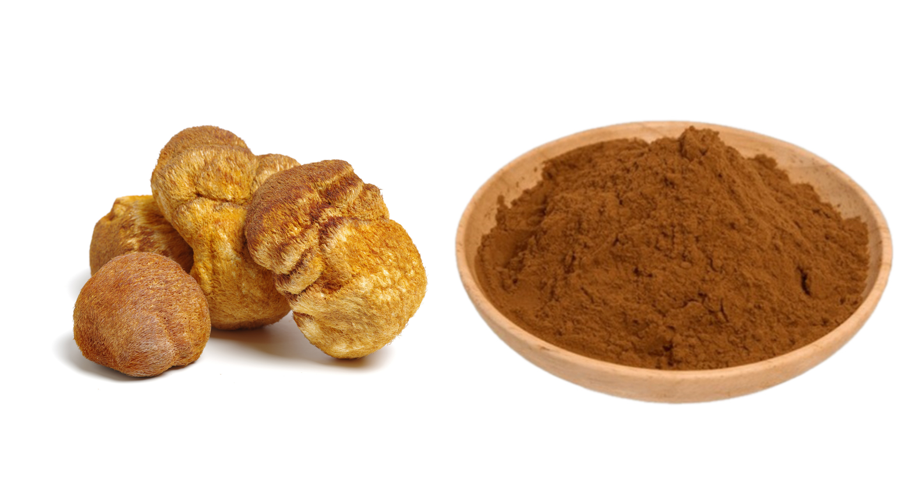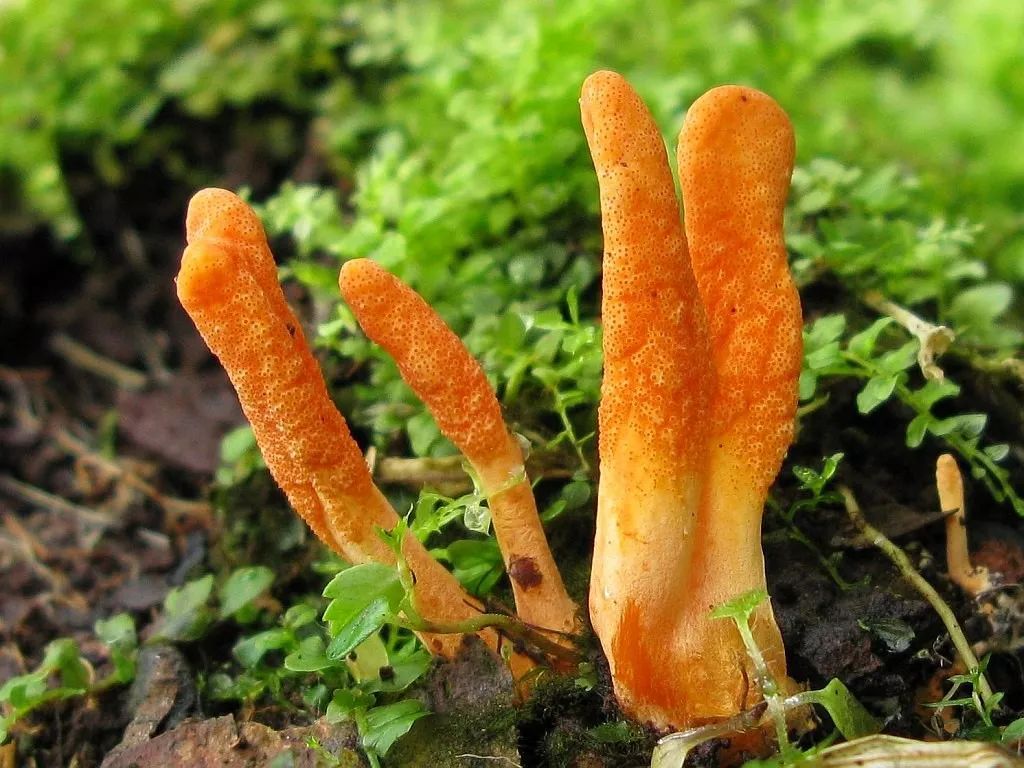Follow Us:
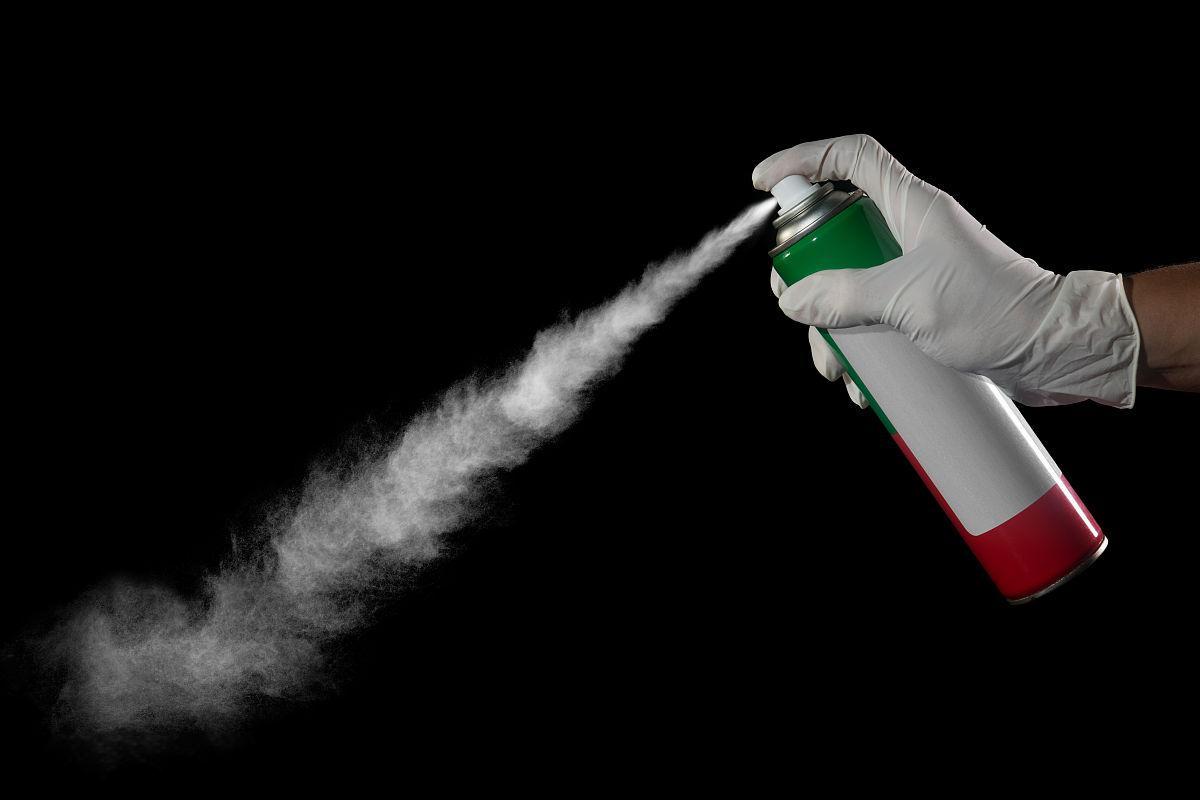
Is Pyrethrin Stoxic in an Open Space?

What is Pyrethrin?
Natural of Sources
Pyrethrin is derived from the flowers of Chrysanthemum cinerariaefolium and Chrysanthemum flowers. The compound is extracted from the flower heads of these plants, where pyrethrins are found as naturally occurring insecticides. Commercial pyrethrin products typically use concentrated forms of the extract.
Natural pyrethrins are a complex plant-based insecticide composed of six insecticidal active ingredients, including pyrethrin I, pyrethrin II, cinerarialin I, II and trace amounts of jasmine cinerarialin I, II. Among them, the most important insecticidal ingredients are pyrethrin I (38% of the content) and pyrethrin II (30% of the content).
WHO classification: Natural pyrethrins are of low toxicity (Class III or Class U), while pyrethroids are mostly of moderate toxicity (Class II)
Synthetic of Sources
Artificially synthesized pyrethroids (such as permethrin and deltamethrin) have similar chemical structures but are more stable and are widely used in commercial insecticides.
Is Pyrethrin Toxic in Open Space?
Pyrethrin, a natural insecticide derived from chrysanthemums, is generally considered low in toxicity to humans and animals when used correctly. In open spaces, the risk of exposure is minimized due to its ability to degrade quickly when exposed to sunlight and air. However, while pyrethrin is less toxic compared to some synthetic chemicals, it can still be harmful to humans, pets, and wildlife under certain conditions, especially if large quantities are applied or if individuals are exposed for prolonged periods.
What does Pyrethrin Kill?
Pyrethrin are commonly used to control mosquitoes, fleas, flies, moths, ants, and many other pests. Pyrethrins are generally separated from the flowers. However, they typically contain impurities from the flower. Whole, crushed flowers are known as pyrethrum powder.

Is Pyrethrin Safe for Cats?
No, pyrethrin is not safe for cats and can be fatal. Pyrethrin is a chemical found in chrysanthemum flowers that is used in flea and tick prevention products. Cats are sensitive to pyrethrin because they can’t break it down.
Is Pyrethrin Safe for Dogs?
Pyrethrin are generally safe for dogs, but the concentration and other factors can make them toxic. Pyrethrin poisoning can be deadly, but prompt treatment can usually lead to a good prognosis.
Is Pyrethrin Safe for Humans?
Pyrethrin and pyrethroids are insecticides that are applied to crops, garden plants, pets, and also directly to humans. High levels of pyrethrins or pyrethroids can cause dizziness, headache, nausea, muscle twitching, reduced energy, changes in awareness, convulsions and loss of consciousness.
Process Flow of Pyrethrin Factory
The production process of pyrethrin involves several key steps to ensure the extraction of high-quality pyrethrin:
1. Cultivation and Harvesting:
- Cultivation: Pyrethrum flowers are cultivated in regions with suitable climates, such as Kenya, which produces a significant portion of the world’s pyrethrum.
- Harvesting: The flowers are harvested at peak bloom to maximize pyrethrin content.
2. Drying:
- Method: After harvesting, the flowers are dried to reduce moisture content, which helps in preserving the pyrethrin and preventing mold growth.
- Duration: Drying typically takes several days, depending on environmental conditions.
3. Grinding:
Process: The dried flowers are ground into a fine powder. The degree of grinding affects the extraction efficiency and the quality of the final product. Liquid generally yield higher pyrethrin concentrations.
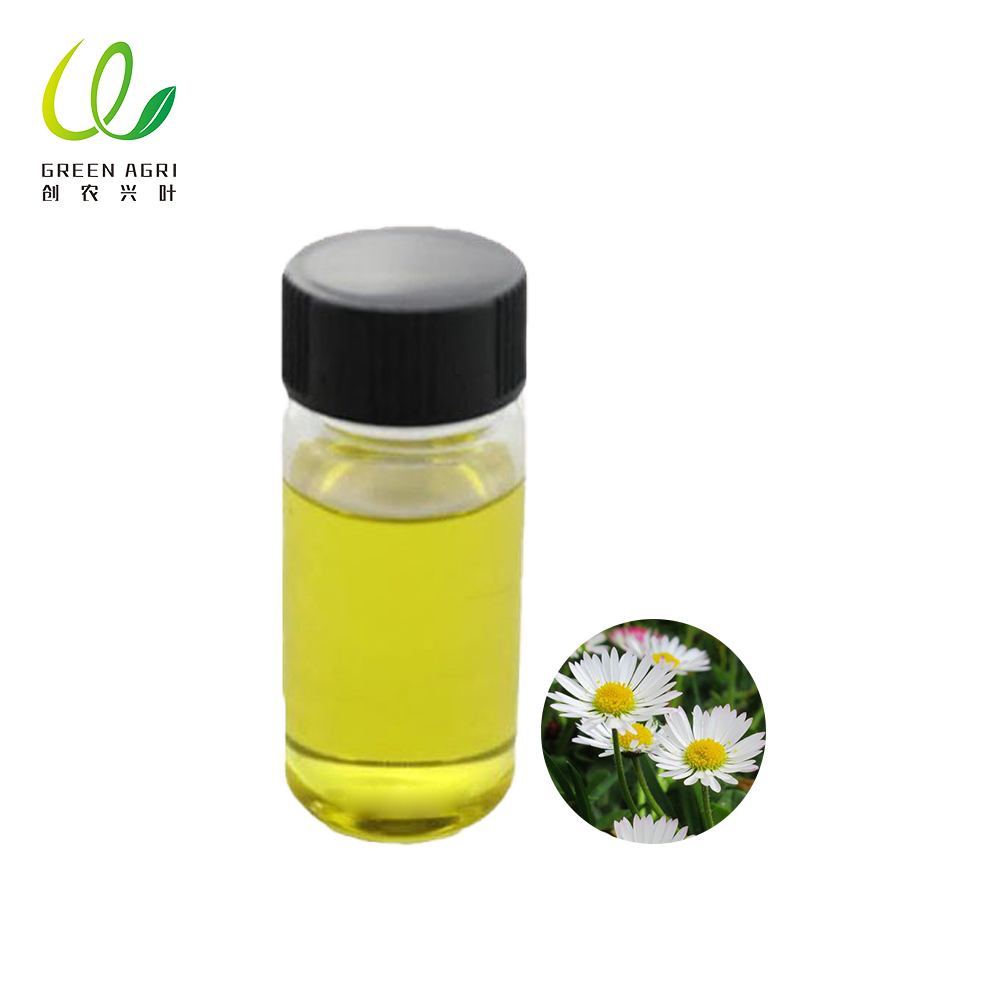
4. Extraction:
- Solvent Extraction: The powdered flowers are subjected to extraction using organic solvents like kerosene or hexane. This process dissolves the pyrethrin compounds from the plant material.
- Duration: The extraction process can last from several hours to a day, depending on the solvent and desired concentration.
5. Concentration and Purification:
- Concentration: The solvent is evaporated under controlled conditions to concentrate the pyrethrin extract.
- Purification: The concentrated extract may undergo further purification to remove impurities and enhance the quality of the pyrethrin.
6. Formulation:
Formulation: The purified pyrethrin extract is then formulated into various products, such as sprays, powders, or emulsions, tailored for specific applications in agriculture, household pest control, or pet treatments.
Where To Buy Pyrethrin?
As a pyrethrin manufacturer, we offer 25% and 50% quantities of light yellow liquid, Greenagribio are pleased to offer a MOQ 1-25kg, with the flexibility to customize orders based on your specific requirements. Whether you need smaller quantities for research, formulation, or testing, or larger quantities for commercial production, Our can accommodate your needs.
Bulk ingredient supplier Greenagribio was tested by accredited third-party labs in the USA to ensure their identity, purity and potency. To receive a copy of these test results or any other, please fill out the COA.
What Products are Pyrethrin Liquid 25% and 50% Used in?
Buy pyrethrin insecticide formulations at concentrations of 25% and 50% are utilized in various products across multiple sectors due to their effective insecticidal properties.
1. Agricultural Pesticides:
Crop Protection: These concentrated pyrethrin liquids are diluted and applied to crops to control a wide range of pests, including aphids, caterpillars, and beetles.
Grain Storage: They are used in grain storage facilities to prevent infestations by pests such as grain bristletails.
2. Household Insecticides:
Sprays and Aerosols: Pyrethrin liquids are incorporated into household insecticide sprays and aerosols to eliminate pests like flies, mosquitoes, and ants.
Foggers: They are used in foggers (bug bombs) for indoor pest control.
3. Pet Care Products:
Shampoos and Sprays: Pyrethrin liquids are formulated into shampoos and sprays for pets to treat flea and tick infestations.
4. Public Health Applications:
Mosquito Control: Pyrethrin liquids are used in public health initiatives to control mosquito populations, thereby reducing the spread of diseases like malaria and dengue.
5. Industrial and Commercial Uses:
Sanitation Sprays: They are used in industrial sanitation sprays to control pests in warehouses and food processing facilities.
It’s important to note that while pyrethrin is effective against a broad spectrum of pests, its efficacy can vary based on formulation and application method. Additionally, due to its rapid degradation in the environment, pyrethrin is considered a safer option for integrated pest management strategies.
Additionally, due to its rapid degradation in the environment, pyrethrin is considered a safer option for integrated pest management strategies.
*NOTE: These statements have not been evaluated by the Food and Drug Administration. This product is not intended to diagnose, treat, cure or prevent any disease.
Also See













